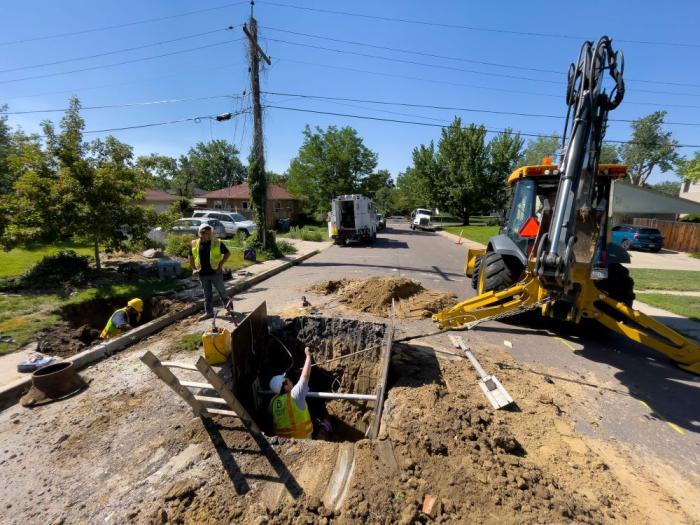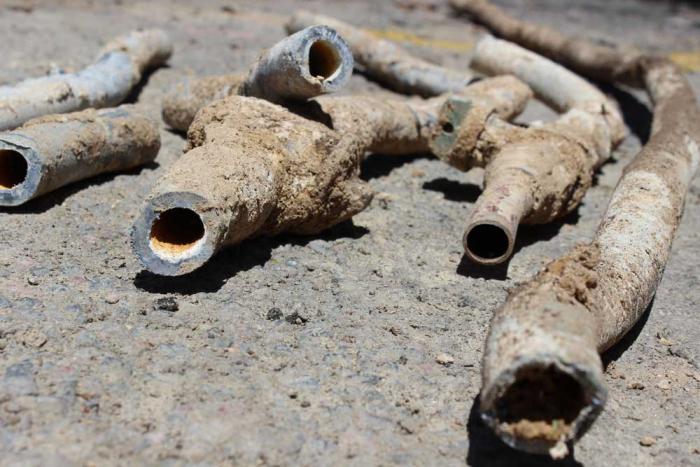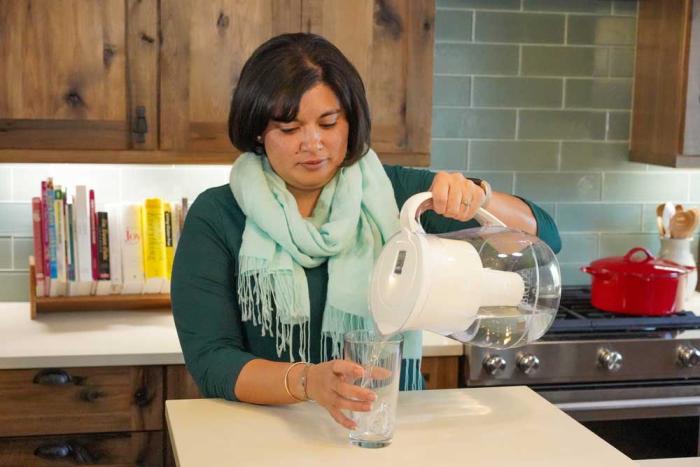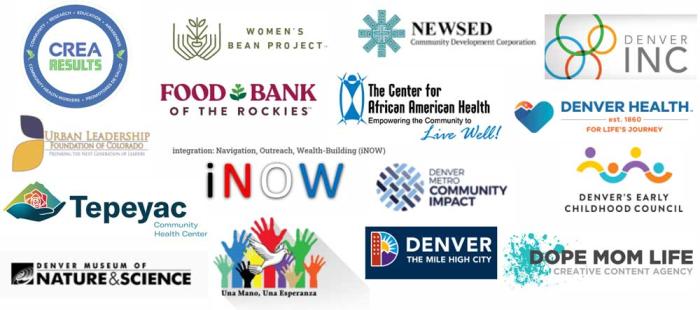Milestone: More than 10,000 lead service lines replaced
Digging up 10,308 old lead service lines and replacing them with copper lines sounds like an arduous task. Especially considering it was achieved in about 522 working days — and done during a global pandemic.
But that description doesn’t even scratch the surface of all that is involved.
The work starts well before the backhoe rolls onto the street.
Since Denver Water doesn’t own a property’s service line, the utility has had to sift through piles of records, conduct thousands of water quality tests and pothole (the process of drilling down to the line to visually inspect the material of the buried pipe) thousands of properties to figure out where lead service lines may have been used throughout the utility’s 335-square-mile service area.
Then, as part of the prioritization process for scheduling replacements, Denver Water coordinates with outside agencies to ensure the replacement work doesn’t impact other projects, such as street paving work.
Once an area is selected, the permitting process begins and other utilities buried in the street are located and marked.
The process also includes contacting the property owner, which starts another intricate series of steps to schedule and actually replace the line, which you can learn more about in “Top 10 things to know about Denver Water replacing your lead service line.”
And that’s just a snippet of what Denver Water’s Lead Reduction Program accomplished between Jan. 1, 2020, and Dec. 31, 2021.
“We are very proud of what we have accomplished in these first two years of the Lead Reduction Program,” said Alexis Woodrow, the manager of the program for Denver Water.
Read how Denver Water met challenges that arose in the early days of the pandemic.
“We took on a lot of challenges in setting up this groundbreaking effort. The staff here at Denver Water, our partners, our contractors — and our customers, too — they all took on this program together and made it work,” Woodrow said.
“We ask a lot of our customers — to use the filters we send them, to allow us into their homes, to let us do the work we need to do — and for two years running they’ve responded, participated and supported this effort.”
Here’s a look at the accomplishments of the Lead Reduction Program:
10,308: The number of customer-owned lead service lines replaced in 2020 and 2021 with new copper lines at no direct charge to the customer. During the first two years of the program, the utility exceeded the program’s goal of replacing 4,477 lead lines a year. During 2021, Denver Water crews and contractors replaced a total of 4,794 lead service lines.
12,000+: Number of customers removed from the program, either because their lead service line was replaced, or further investigation proved the existing service line didn’t contain lead.
45,000: Number of free water quality test kits sent to customers for them to collect water samples in their homes and return them for testing for lead. The kits play an important role in helping Denver Water assess which locations, such as homes, businesses or schools, have service lines that contain lead — and which do not.
105,000+: Number of pitchers sent to customers enrolled in the program to store filtered water before using it for cooking, drinking and preparing infant formula.
280,000+: Number of replacement filters certified to remove lead distributed to customers enrolled in the program. In a survey of customers enrolled in the program, 94% of respondents said they used filtered water for drinking and 93% used filtered water when preparing infant formula.
“Customers in the program have been great partners and are doing a great job using their pitcher and filter for drinking and preparing infant formula,” Woodrow said. “Our focus is to continue reminding them about the less obvious but important need to also use filtered water when cooking foods that are mostly water, like soup, or absorb water, like beans and rice.”
During 2022 the name for the Brita water filter provided to customers enrolled in the program and certified to remove lead will be changing from “Longlast” to “Elite.”
6 million+: Number of connections made with customers through mailings, phone calls, digital outreach, in-person and virtual meetings, and events organized by Denver Water or through the utility’s many partner organizations.
To continue Denver Water’s ongoing communications effort around the Lead Reduction Program, the utility created a Spanish version of Denver Water’s website dedicated to the Lead Reduction Program, denverwater.org/lead. Providing resources and information in both Spanish and English allows the utility to reach more than 95% of the households in the program in their primary language.
≥ 8.5: Maintained the pH level of the water that Denver Water delivers to customers above 8.5 on the pH scale, reducing the potential for lead to get into drinking water by strengthening an existing protective coating in customer-owned service lines, household plumbing and fixtures.
“The pH change is an incredibly important piece of the program. We know that it’s working because our monitoring programs show there’s been a 60% drop in lead levels in the homes with known lead risks in their plumbing system that we regularly test for lead in drinking water,” Woodrow said.
“Maintaining the higher pH level is our first step in protecting all our customers from the risk of lead getting into their drinking water, because we know there may be other sources of lead in customers’ homes besides lead service lines. They may have older internal plumbing or older fixtures,” she said.
Learn more about sources of lead in drinking water.
What’s ahead for year three of the Lead Reduction Program?
“We’re working with state and federal health officials to evaluate the progress of the program so far and plan for future phases, including looking into the potential for accessing federal funding to help replace more lines each year,” Woodrow said.
Denver Water estimates there are between 64,000 and 84,000 old lead service lines in its service area. It’s expected to take until 2035 to replace all those lines.
Contractors working through the Lead Reduction Program are gearing up for the 2022 lead service line replacement work. Neighborhoods where replacement work will take place during this year include: Barnum, Barnum West, City Park, Clayton, Congress Park, East Colfax, Elyria-Swansea, Globeville, Park Hill, Skyland, Villa Park.
In addition to replacement work conducted by contractors, Denver Water crews replace lead service lines found during regularly scheduled water main replacements and emergency work such as leaks and water main breaks.
This map shows where replacement work is scheduled to be done in 2022 by contractors or Denver Water crews as part of main replacement work.
While there is no lead in the water Denver Water delivers to customers, lead can get into drinking water as it passes through customer-owned service lines and internal plumbing and fixtures that contain lead.





